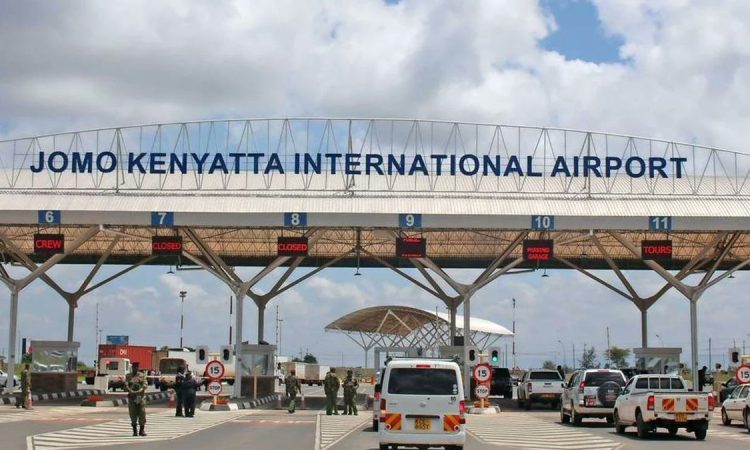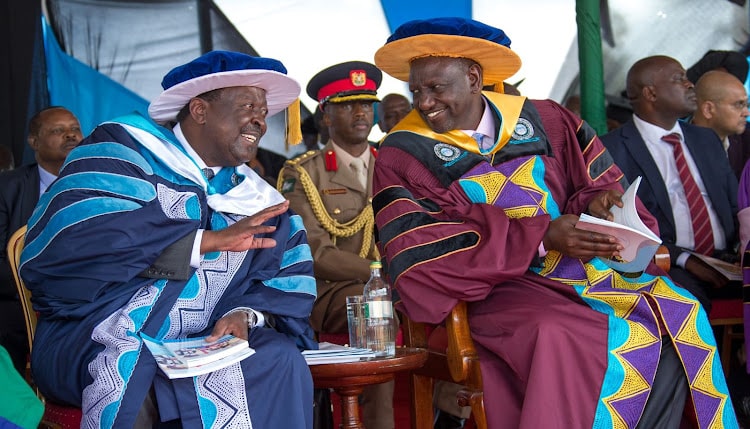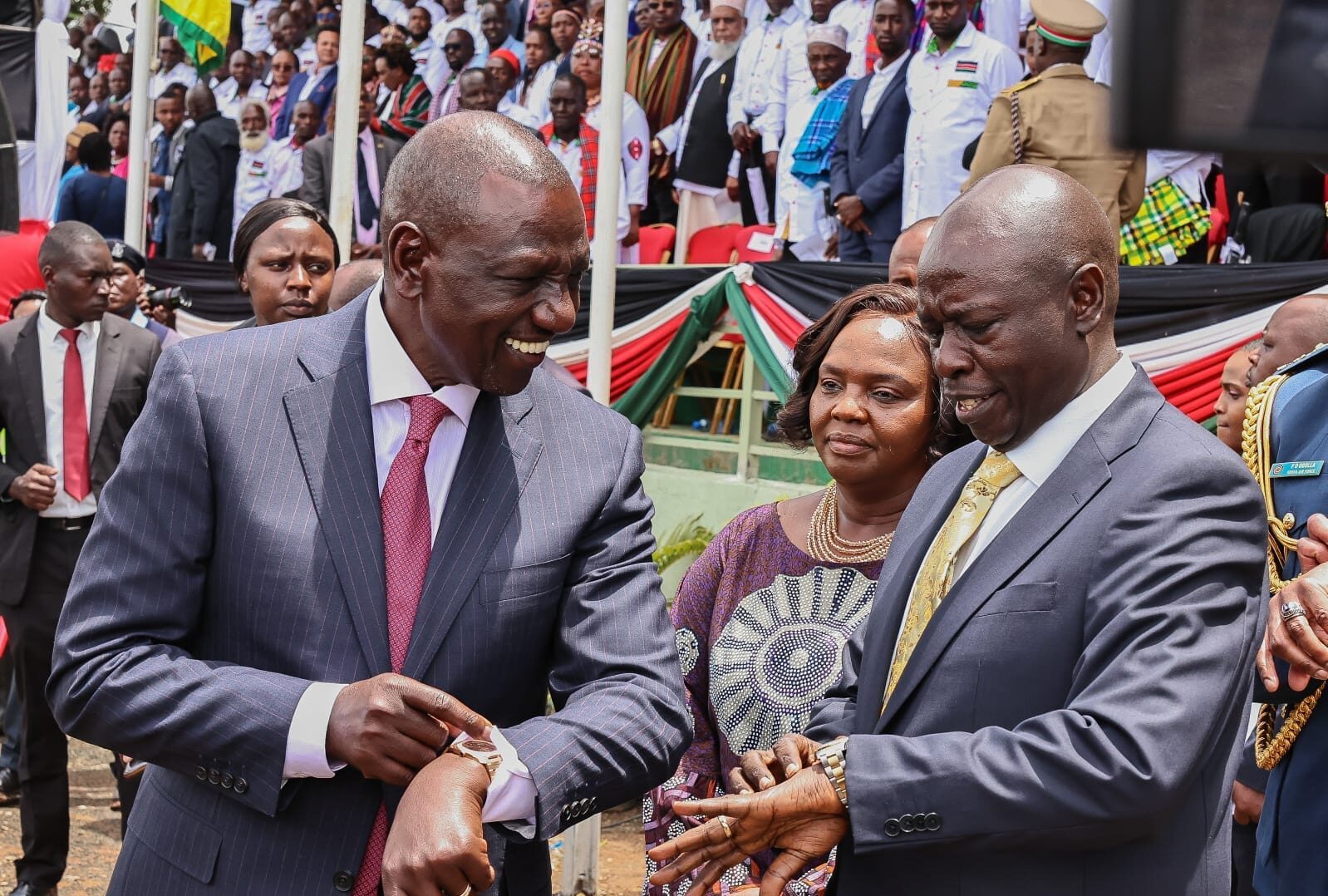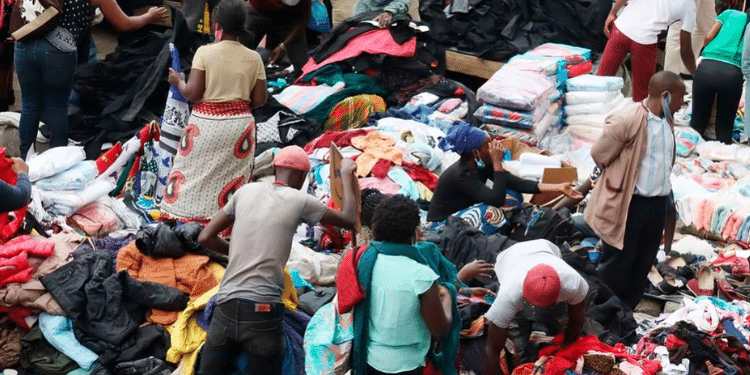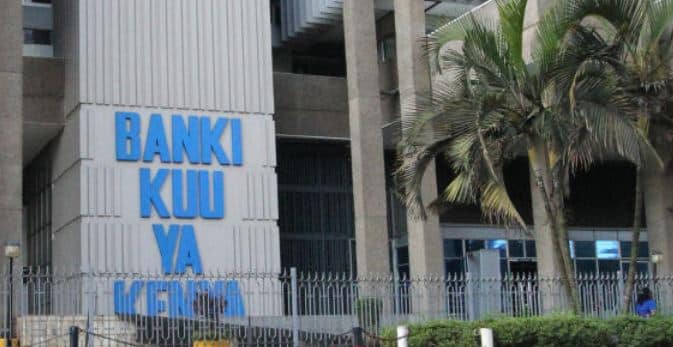Diaspora remittances are a significant source of foreign exchange for Kenya. According to the Central Bank of Kenya (CBK), diaspora remittances in Kenya grew by 8.34% to $4.027 billion in 2022. This is equivalent to more than 3% of Kenya’s GDP.
The United States was the largest source of diaspora remittances in Kenya in 2022, accounting for 58% of the total. The United Kingdom was the second largest source, accounting for 10% of the total. Other major sources of diaspora remittances included Canada, Australia, and the Middle East.
What’s more, diaspora remittances are a significant source of foreign exchange for Kenya. They help to support the economy by increasing foreign exchange reserves, reducing poverty, and boosting consumption.
Why the growth in diaspora remittances
Some of the factors that have contributed to the growth of diaspora remittances in Kenya include:
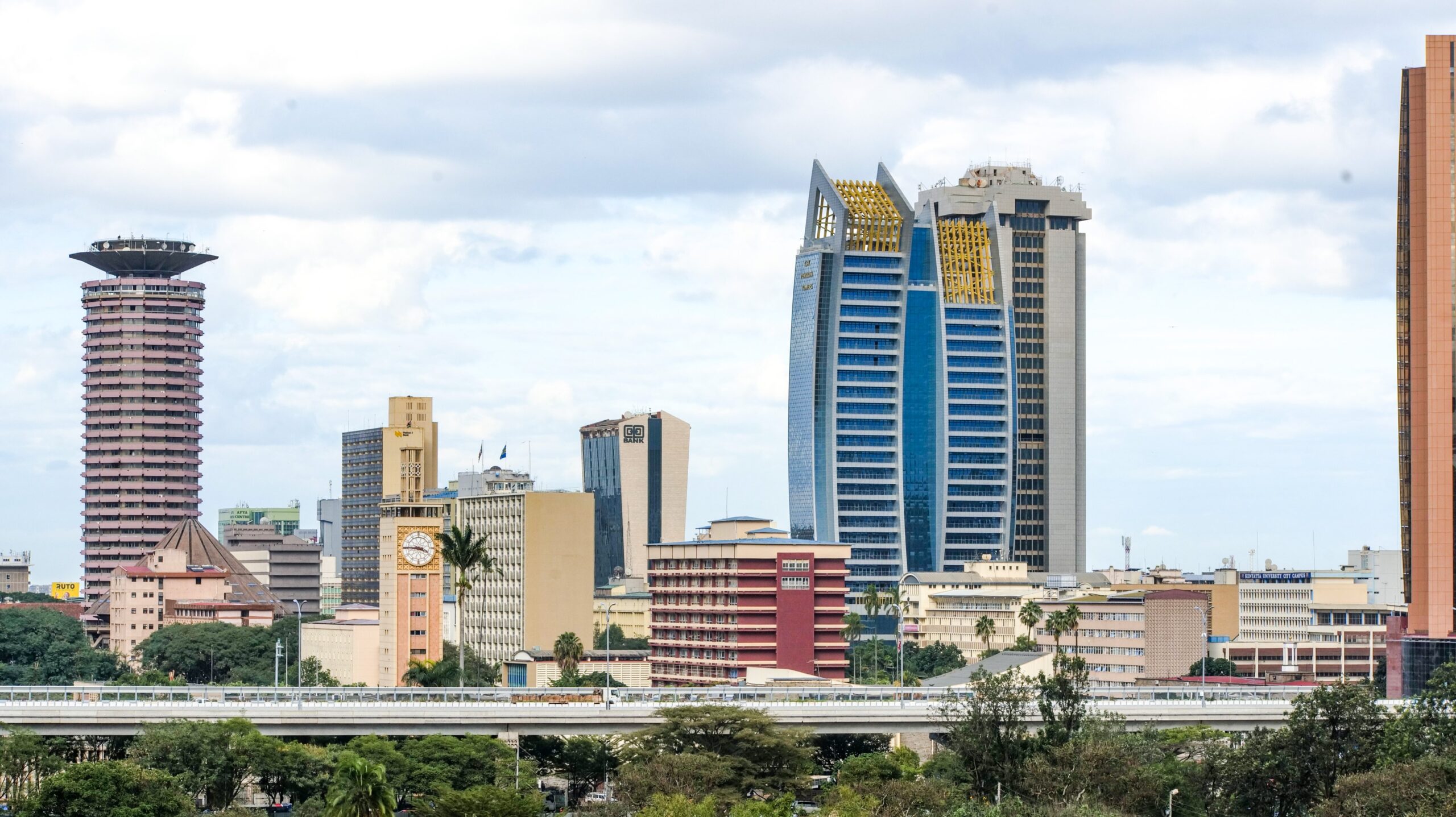
The growing Kenyan diaspora
The Kenyan diaspora has been growing in recent years. This is due to several factors, including economic opportunities, education, and family reunification.
In addition, exact number of people who migrated to the diaspora in 2022 from Kenya is not known, but estimates range from 200,000 to 300,000.
Also Read: Africa Inflation to Ease in 2023 After Worst Figures in a Decade
However, according to the World Bank an estimated 3.4 million Kenyans lived in the Diaspora – close to 8% of the total population in Kenya.
The top destinations for Kenyan migrants were the United States, the United Kingdom, Canada, Australia, and the United Arab Emirates.
The increasing use of digital channels
The use of digital channels to send remittances has been increasing in recent years. The digital channels make it easier and more convenient for Kenyans living abroad to send money to their families back home.
Moreover, Kenyans living abroad send money back to Kenya through M-PESA, MTOs, and Online money transfer services.
In 2022, digital channels accounted for over 70% of all remittances sent to Kenya.
The improving economic conditions in Kenya
The economic conditions in Kenya have been improving in recent years. This has made it more attractive for Kenyans living abroad to send money back home.
Impact of Diaspora remittances on Kenyan economy
First, they help increase foreign exchange reserves: Remittances help to increase the much-needed foreign exchange reserves, which can help to stabilize the exchange rate and make it easier for the government to finance its budget deficit.
In March 2023, Kenya’s foreign exchange reserves stood at $7.0 billion.
Also Read: Kenya Records Drop in April Diaspora Remittances
Secondly, they help reduce poverty: Remittances help to reduce poverty by providing income to households that would otherwise be struggling to make ends meet.
Thirdly, they help boost consumption: Remittances boost consumption by providing households with more money to spend on goods and services. This helps to stimulate economic growth.
Lastly, they help Invest in education and healthcare: Remittances are used to invest in education and healthcare, which can improve the quality of life for Kenyans.

Challenges with diaspora remittances
However, there are also some challenges associated with diaspora remittances in Kenya. These include:
Dependency: Remittances become a source of dependency, as households tend to become reliant on them for their income. This can make it difficult for them to become self-sufficient.
Inflation: Remittances lead to inflation, as they can increase the demand for goods and services and also the money supply in the market. This can make it more difficult for people to afford basic necessities as prices will be pushed up
Financial exclusion: Remittances can lead to financial exclusion, as they can be used to fund informal businesses or activities. This can make it difficult for the government to track and regulate remittances.
In conclusion, diaspora remittances have several positive impacts on the Kenyan economy. However, there are also some potential challenges that need to be addressed. By carefully managing remittances, Kenya can maximize their benefits and minimize their risks.
